il woolen thistle (Dipsacus fullonum) hija pjanta li tappartjeni għall-familja ta' Dipsacaceae. On many texts it is also indicated with the botanical synonym of Dipsacus sylvesterfilwaqt li huwa komunement magħruf bħala thistle of Venus (and many other regional names).
This thistle grows spontaneously in all Italian regions and boasts a long tradition in medicinal uses and in farming practice.
In this article we investigate the botanical characteristics of the woolen thistle, the beneficial properties it holds and its most common uses.
Origin of the name Dipsacus fullonum
The woolen thistle owes its name to an ancient and curious application: its domes, due to their shape and resistance, were once used to card wool, comb and brush the pile of fabrics.
The name of the species, fullonumin Latin is the plural genitive of fullo, fullonis= washerman, fuller, carder.
The genus name, Dipsacusinstead comes from the Greek dípsa= thirst, in reference to the particular shape of the leaves present on the stem of this grouping of thistles.
Regional nomenclature of the Woolen Thistle
Even at the regional level this plant has a rich and colorful nomenclature, for example: petni, rissolu, serpentine grass fil-Ligurja, card servaj u ciapa ranne fil-Piemonte, selvadega gauze fil-Lombardija, scarzun u scardazz fl-Emilia, sgarzi, salata del diaul u sgrafadone fil-Veneto, scardaccione u cloth thistle fit-Toskana, candacetra fl-Abruzzo, calicantrigo fil-Puglia, cirimigna u lupu combs fi Sqallija, stiocore u top of the shepherds f’Sardinja.
Description of the woolen thistle
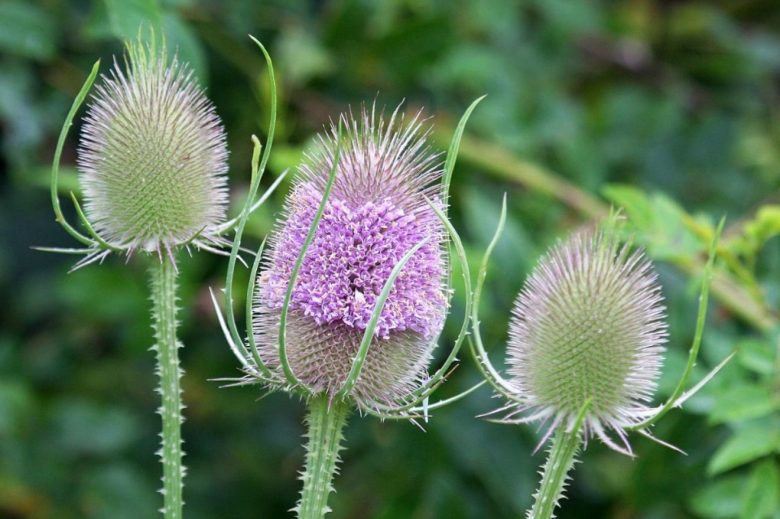
The woolen thistle is a herbaceous plant with a two-year cycle. In the first year it produces a rosette of basal leaves. In the second, between these leaves rises the stem, even up to 2 m high, erect and branched at the top. All parts of the plant are more or less equipped with thorns.
Weraq
In the wool thistle we must distinguish two types of leaves, basal and cauline.
The basal leaves are arranged in a rosette, have a short petiole, oblong-lanceolate shape, and are up to 30 cm long. They have a normally hairless surface, but on the upper and lower side there are numerous spines along the ribs.
The leaves of the stem are sessile, shorter than the basal ones, with a more pronounced and angular lanceolate shape.
fjuri
The flowers are gathered in ovoid-shaped flower heads, 4-8 cm long, placed at the end of the branches of the stem. Each flower has a bract with long spines at the base. The corolla, rapidly decaying, is of a light blue-violet color.
Flowering occurs between late spring and summer and is well visited by bees and other pollinating insects that encounter it.
Frott
The fruit is an angular achene, 5 mm long, enclosed in the persistent tube of the envelope.
Where the woolen thistle grows
il Dipsacus fullonum it is widespread throughout Italy, from the Mediterranean to the subalpine area. It is therefore an extremely rustic and adaptable species. It grows on the edge of the ditches, in uncultivated places, among the ruins, in the Mediterranean scrubs.
How to collect the woolen thistle
In herbal medicine, the useful parts of the woolen thistle are the roots and leaves. The root is harvested between September and October from the plants in the first year of vegetation. It is cleaned from the lateral rootlets, washed and cut into 5 cm long pieces which break in two lengthwise when they are very large.
The leaves should be harvested between the months of March and April, before the formation of the floral scape.
For ornamental purposes, the plant can be harvested at the end of flowering, and then left to dry upside down. In this way it will be well preserved and will be very scenic in the compositions of dried flower bouquets.
ħażna
The roots and leaves of the woolen thistle dry in the shade, removing them and checking them often, to avoid attacks of mold. The well dried roots are kept in glass containers, for the leaves, however, even simple paper bags are enough.
Properties of the woolen thistle
The main constituents kept in the woolen thistle are: the scabioside glycoside, the tannic substances and the potassium salts. From these active ingredients derive high properties in the pharmaceutical field. Specifically, these properties are mostly diuretic, diaphoretic, purifying and digestive.
Indikazzjonijiet
From the point of view of healthy activity, the woolen thistle has the classic purifying virtues of thistles. The bitter-tasting root facilitates digestive processes and stimulates sweating and diuresis, thus promoting the elimination of waste. This plant can, therefore, be useful for the gouty, arthritic and rheumatic; benefits people with dropsy and obese. It is also useful in skin diseases (dermatosis, furunculosis, acne) that result from the malfunction of the digestive and excretory system. As an alternative to the roots, the leaves can be used, which have the same activity, but a more acceptable flavor.
It’s easy at home ipprepara decoction with 2 g of dried leaves or roots in 100 ml of water, to be taken on an empty stomach in the morning to purify the body. In herbal medicine there is also the tintura.

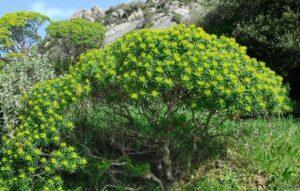
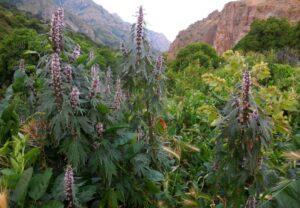
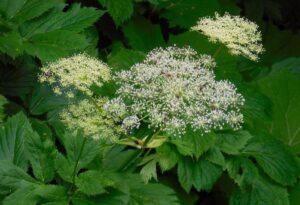
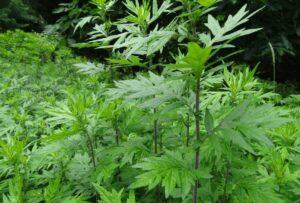
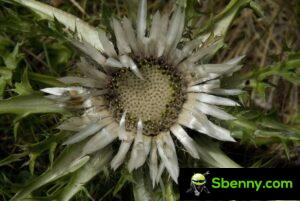
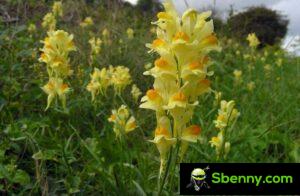
Ibda Thread ġdid